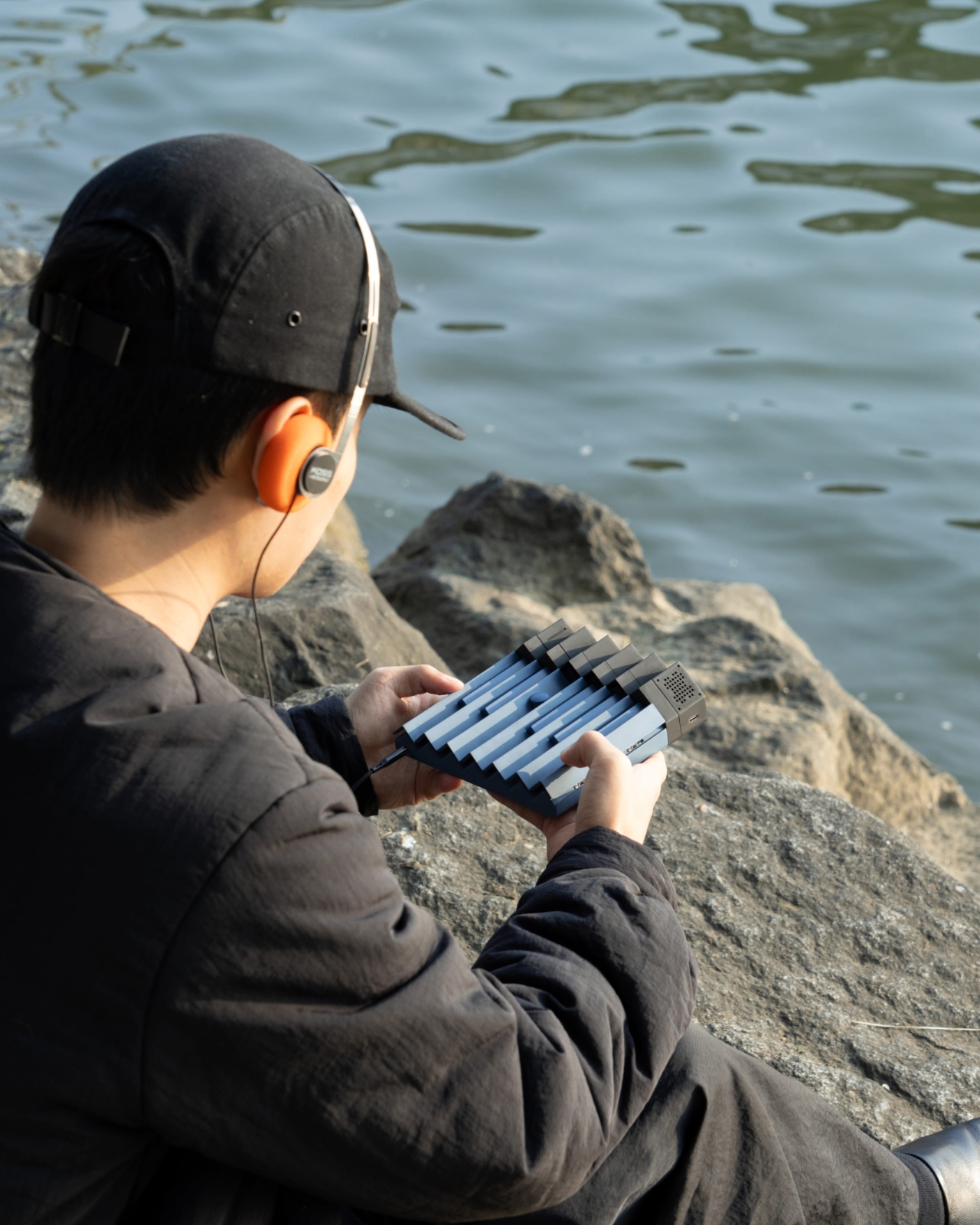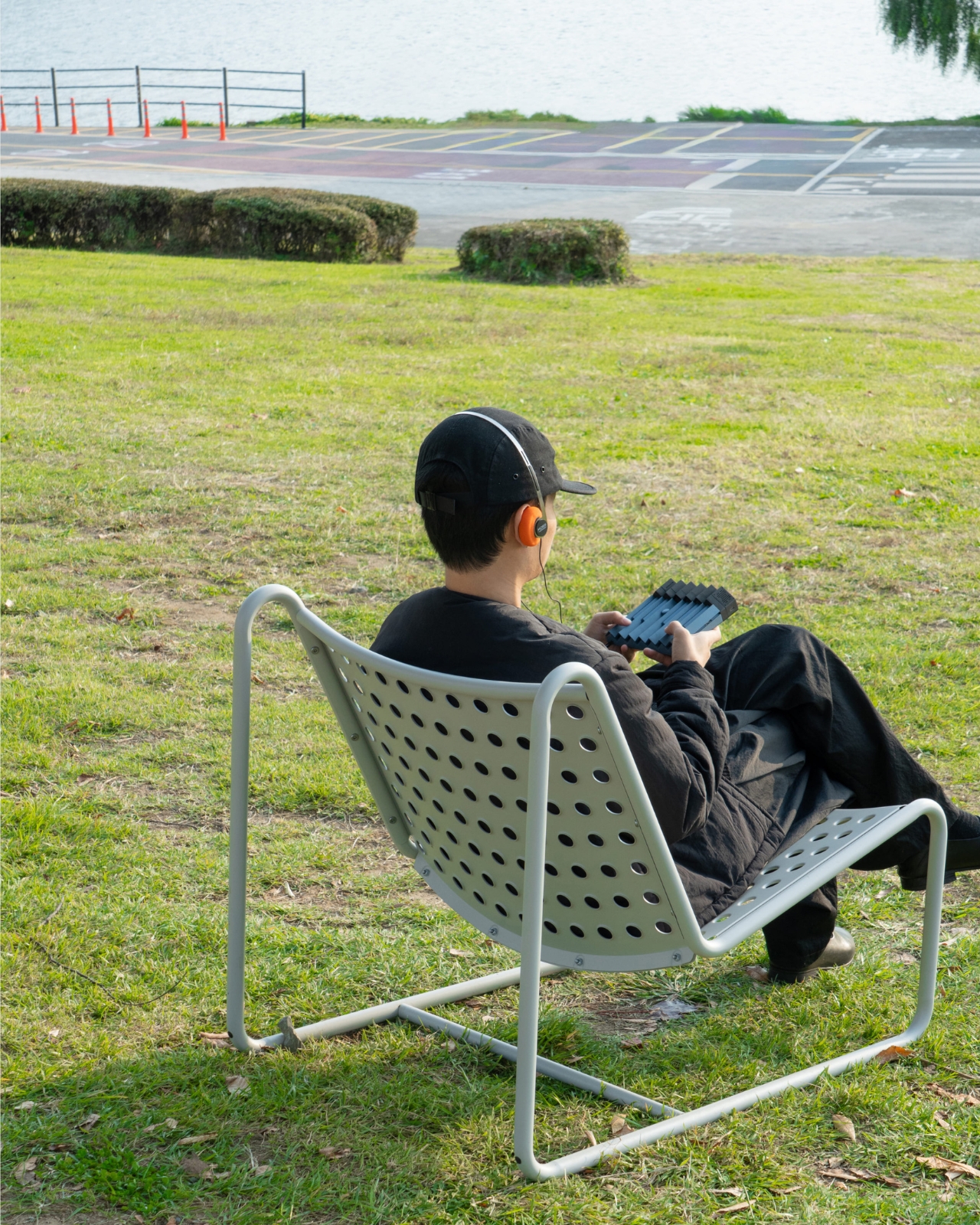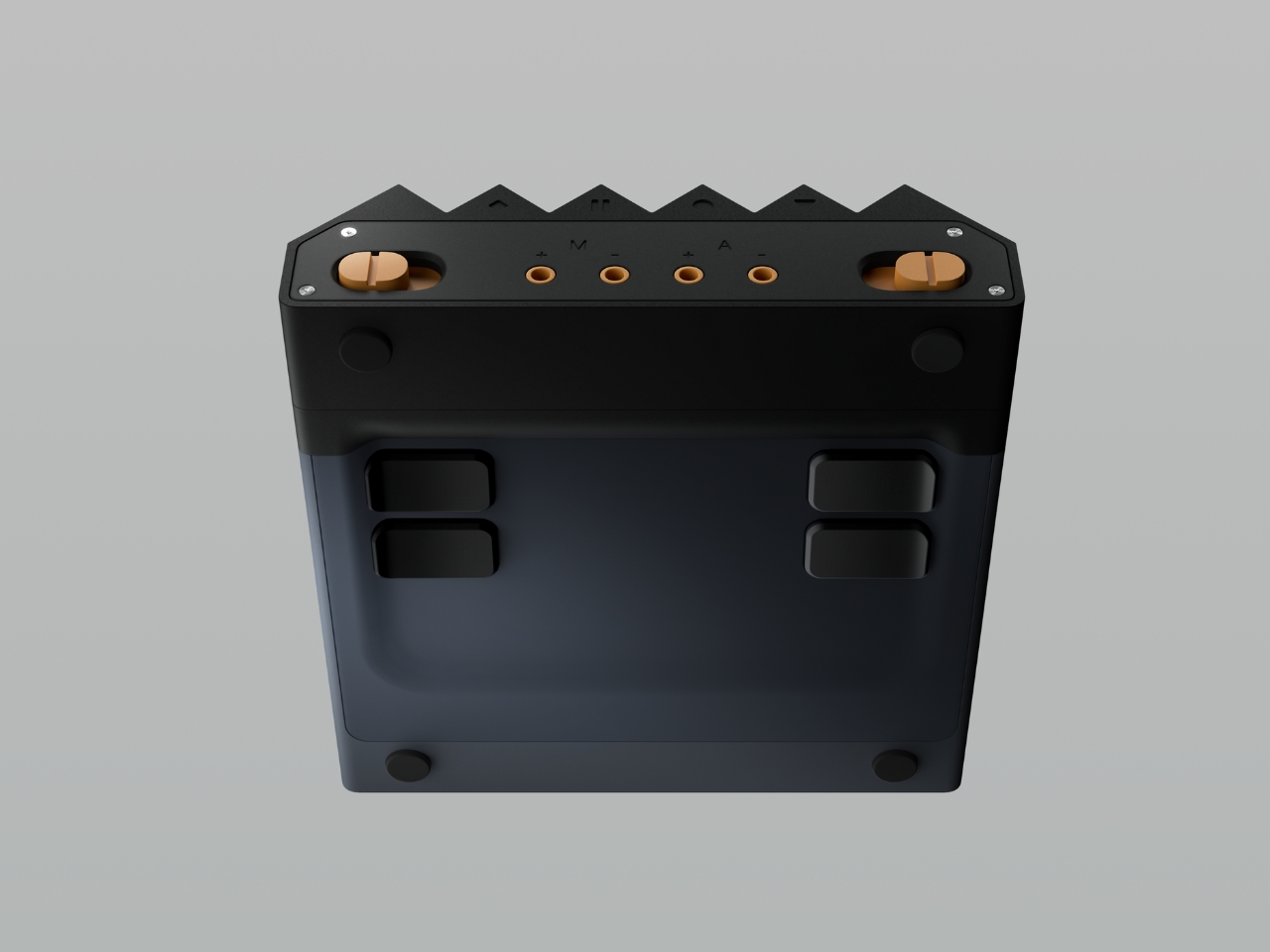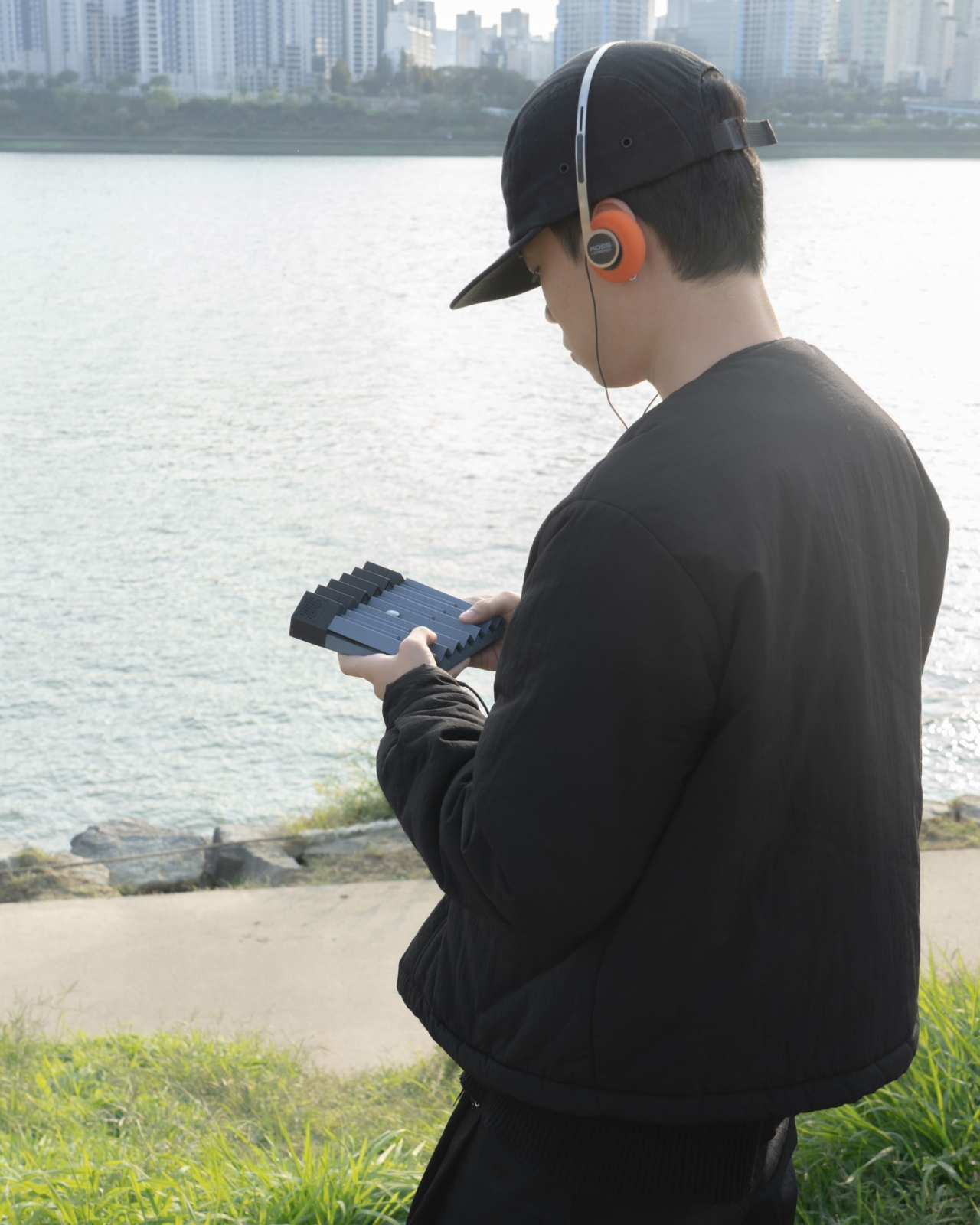
What happens when one of Germany’s most storied automakers goes off script and jumps headlong into the future? The answer is the Audi 20quattro Vision GT: a concept racer that looks as if it’s escaped from a sci-fi film and landed straight into the world of Gran Turismo. More than just a design study, it’s a bold experiment that explores how Audi’s DNA translates into a world where the only limits are those of imagination.
Now, before you start searching for this in the latest Gran Turismo update, it’s crucial to know that this isn’t an official release from Ingolstadt. This stunning piece of digital sculpture is the work of independent designer Gabriel Naretto, a personal project that serves as a powerful “what if” scenario. He’s taken the core tenets of Audi’s design philosophy and motorsport heritage, plugged them into an amplifier, and cranked the volume to eleven. The result is something that feels authentically Audi, yet completely untethered from the constraints of reality, a digital ghost of a race car we all wish was real.
Designer: Gabriel Naretto


The car’s form language is an exercise in geometric aggression, a clear evolution of the sharp, technical lines championed by Audi’s current design chief, Marc Lichte. Naretto has stripped away any hint of superfluous curvature, leaving behind a surface composed of taut, flat planes and brutally sharp creases that look like they were carved from a single block of metal. Its low, impossibly wide stance and cab-forward canopy are direct descendants of modern Le Mans prototypes, particularly Audi’s own R18 e-tron. This machine is designed to look like it’s slicing through the air even when standing still, a pure expression of aerodynamic intent.


Naretto clearly spent as much time thinking about airflow as he did about aesthetics. The entire body is a functional aerodynamic device, from the massive front splitter that channels air under the car to the multi-layered rear wing and colossal rear diffuser. The deep venturi tunnels running along the sides are designed to generate immense downforce, effectively sucking the car onto the pavement at speed. Even the enclosed wheel designs, with their turbine-like fins, suggest a meticulous focus on managing turbulent air and cooling the brakes. Every vent, every winglet, every cutout serves a purpose, giving the design a layer of engineering credibility that makes the fantasy feel plausible.


That “quattro” badge on the rear isn’t just for show, either. The entire concept is a hat tip to Audi’s most mythic era: the Group B rally monsters of the 1980s. You can see the DNA of the original Sport Quattro S1 E2 in the squared-off, box-flare wheel arches and the car’s overall defiant posture. Naretto has masterfully translated that iconic, almost brutish functionality into a futuristic context. It evokes a feeling of raw, untamed power, a reminder that before Audi became known for sophisticated luxury sedans, it built all-wheel-drive terrors that dominated the world’s most dangerous rally stages.

This is where the “Vision Gran Turismo” moniker becomes so fitting, even unofficially. Digital platforms are the perfect canvas for such an uncompromising vision, free from the pesky realities of production costs, safety regulations, and pedestrian impact standards. One can only speculate on the powertrain, but a concept this forward-thinking screams all-electric. Imagine a quad-motor setup, one for each wheel, delivering instantaneous torque vectoring and a combined output somewhere north of 1,200 horsepower. In the virtual world, such figures are not just possible; they are expected, and Naretto’s design provides the perfect shell for that kind of imaginary performance.


Of course, a machine that looks this fast needs some theoretical firepower to back it up. While Naretto hasn’t published a spec sheet, one can imagine a fully electric powertrain in line with Audi’s e-tron direction. A quad-motor setup, one for each wheel, would be the only logical choice for a vehicle bearing the quattro name in the 2040s. We could be talking about a combined output of over 1,400 horsepower and an instantaneous torque vectoring system so advanced it would make current systems feel archaic. Not that such specs exist, but why stop dreaming, right?


The post Forget the e-tron GT; This Is the Electric Audi We Really Want To See first appeared on Yanko Design.































